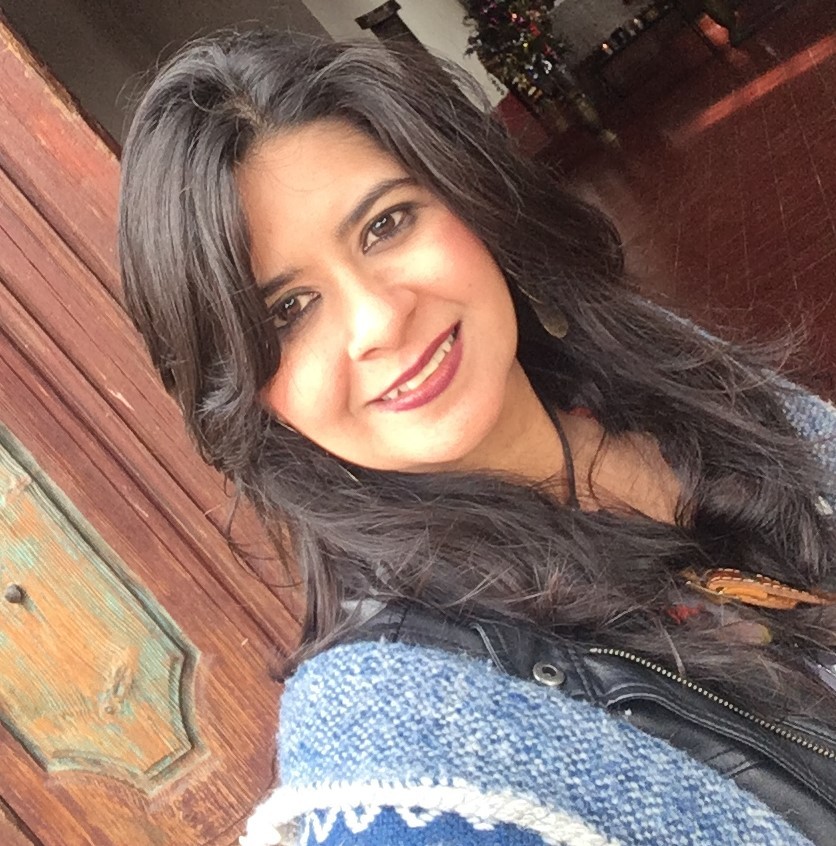We recently connected with Oropeza Marisela and have shared our conversation below.
Oropeza, thanks for taking the time to share your stories with us today Earning a full time living from one’s creative career can be incredibly difficult. Have you been able to do so and if so, can you share some of the key parts of your journey and any important advice or lessons that might help creatives who haven’t been able to yet?
It all started back in 2008 when the principal that I worked with, Mr. Luke, invited me to teach the arts under contract at Albany Park school. This is when I was working as an instructional aide, while also going to school to work towards my art degree. He knew how passionate I was about art since I was involved in various art exhibitions within the area and was continuously featured in art magazines and broadcasts. Mr. Luke saw my dedication as an artist and he was certain that I could bring this passion to the students in Delano, CA. I still remember my very first day as an art instructor very vividly. I looked at the children’s eyes and saw their eagerness to learn and it all seemed so surreal to me as teaching hadn’t really crossed my mind at that point. Rather than entering the field of education, I was gearing more towards museum management and curatorship, but the children won me over. After that first day, I knew that this is what I wanted to pursue, for at that point, I realized that art had such connection and impact within the lives of our little ones, and I wanted to provide them with this experience as many of the art programs had been eliminated from education at that time. This really was a win/win situation! Ever since, I became an art advocate for the Delano Union School District servicing various different schools and providing a unique art program in which students engaged in fun and educational art activities throughout the years. Now, with 15 years of experience, I still wake up every morning feeling like I have one of the most rewarding jobs in the world and I will always cherish this opportunity that opened my path into teaching.
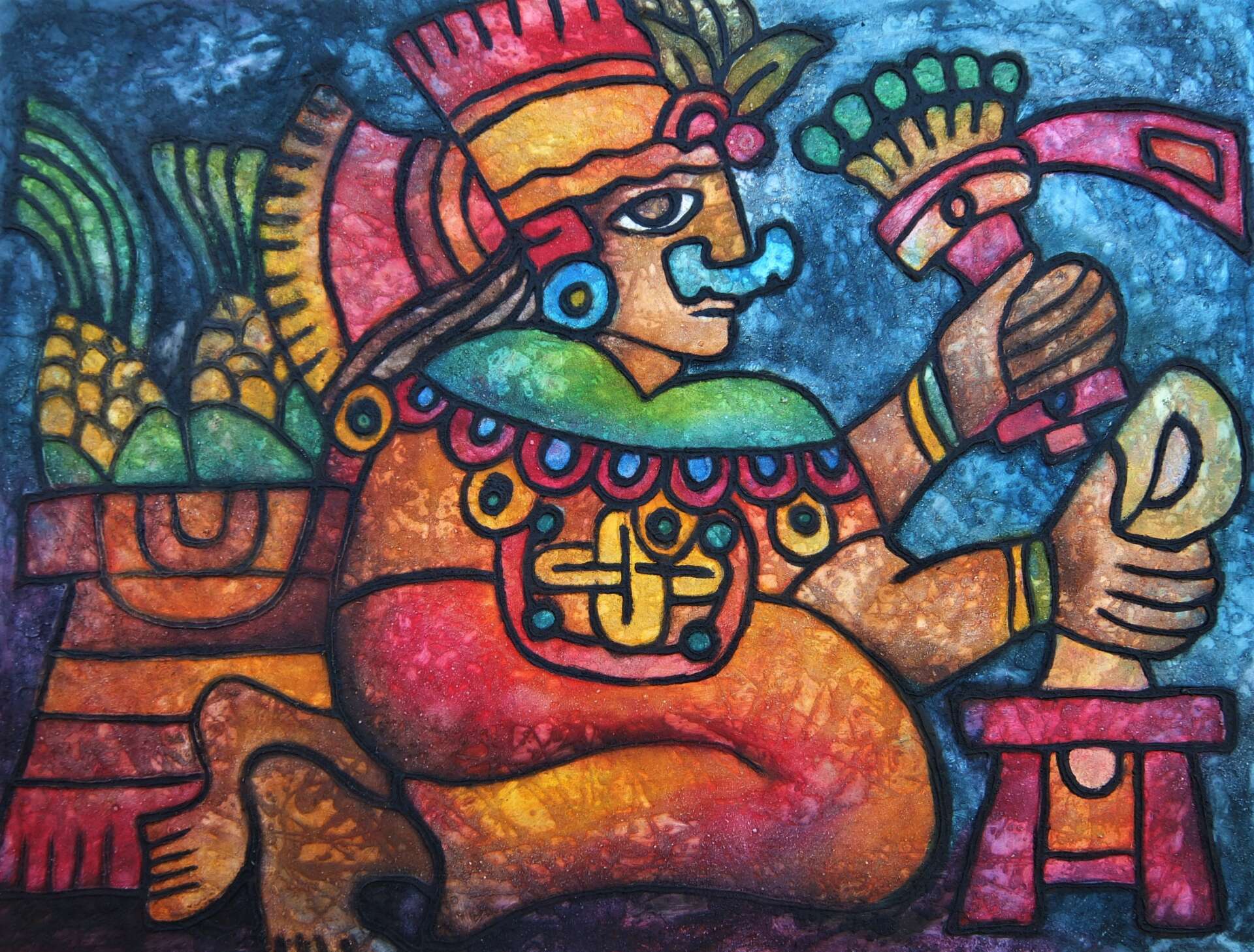

Awesome – so before we get into the rest of our questions, can you briefly introduce yourself to our readers.
I’m pretty passionate about the arts and my life revolves around the making process. I also love to travel and meet new people as all these experiences keep my inspiration alive. I particularly enjoy music, and this is vivid in many of my pieces. You will notice that many of my characters are elongated/abstract like musicians with a touch of cubism. In some of my paintings, it almost seems as if the piece has been broken into fragments with recognizable shapes, and yet, with a sense of unity and harmony to ease the chaos of lines going in so many different directions; I love cubism, so many of my pieces are inspired by the style. My culture is also very prominent in many of my paintings and I work with Aztec symbols to represent my love and passion for my heritage. In these paintings, you will find rich texture and bold colors. I use layers of sand and oil paints to make these, and the results are very earthy. I often get asked about the process that I use in these as many people are curious about their rich texture.

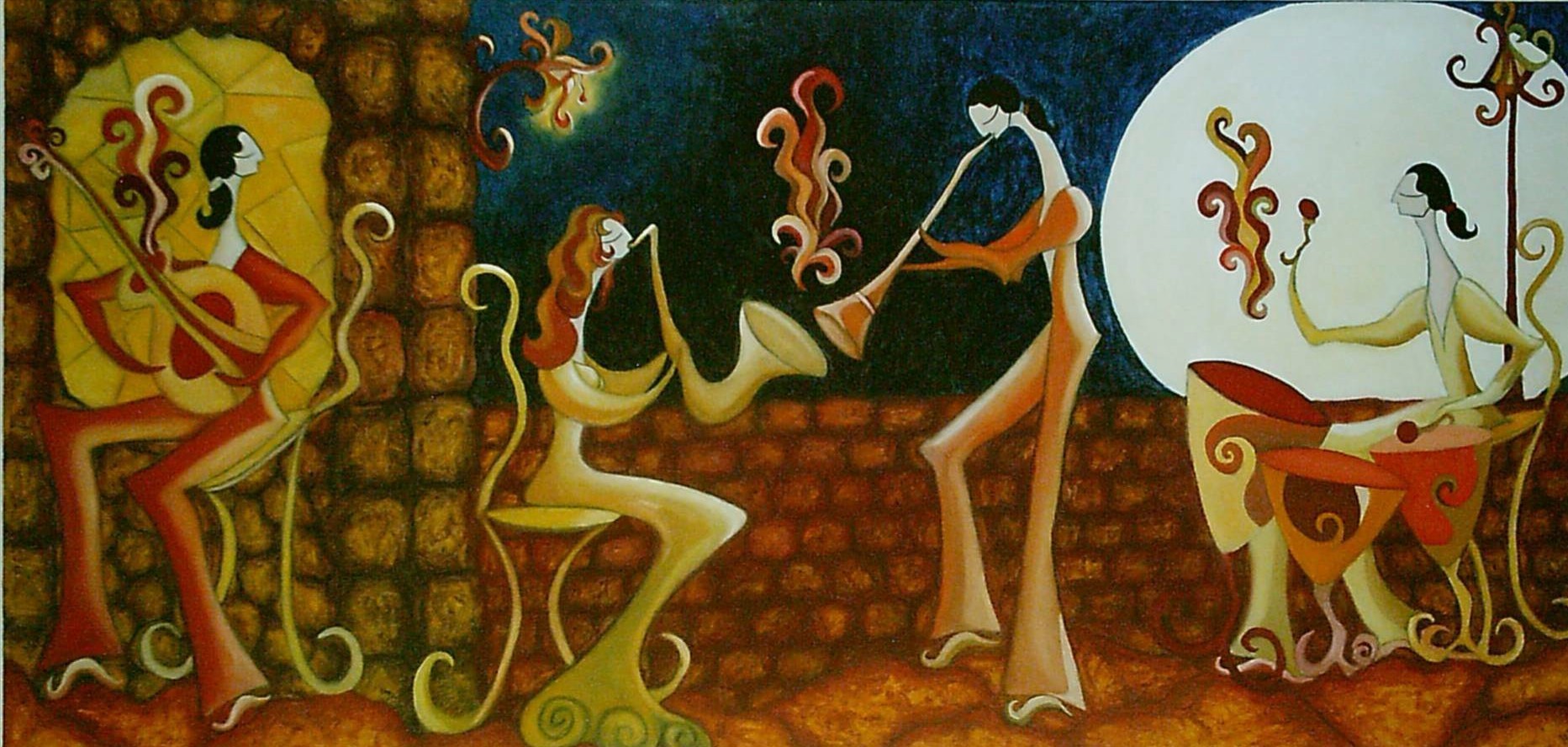
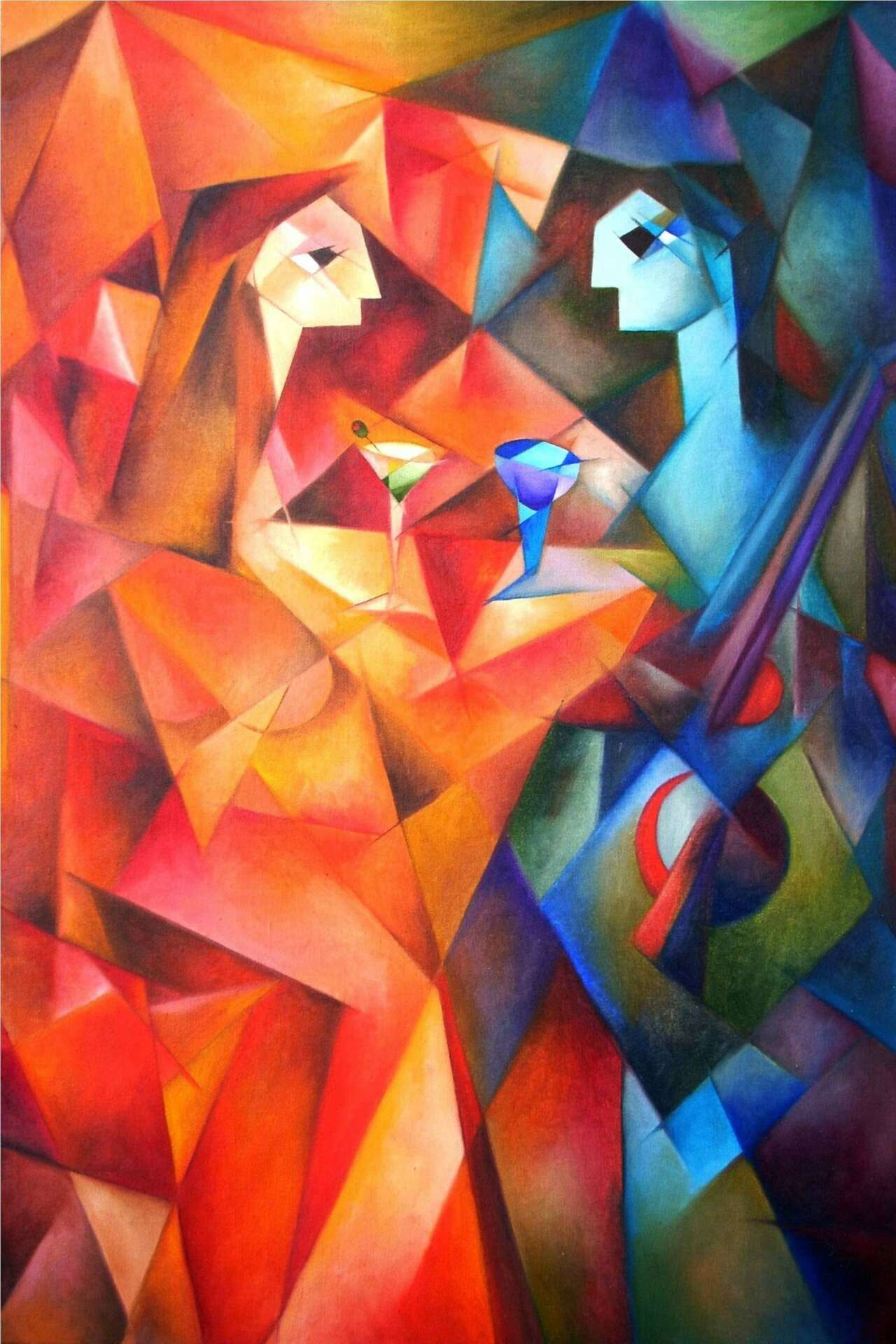
How can we best help foster a strong, supportive environment for artists and creatives?
In my view, exposing children to the arts from a very young age should be a priority for every adult, whether they are parents, community members, educators, etc. To do so, it is important to provide accessible and comprehensive arts education programs within our schools/communities, provide fair compensation for artists/creatives for their work, and promote public art initiatives and art appreciation through public engagement with the arts through exhibitions, performances, workshops, art events etc. that can deepen appreciation for creativity and its value in society. The arts play a crucial role in a child’s development and have a profound impact on their overall growth and well-being. Introducing children to various forms of art, such as fine/media arts, music, dance, theater, literature, photography, etc. fosters creativity and imagination. It allows them to express themselves freely, explore their emotions, and develop a unique sense of identity. Art provides a safe space for children to experiment, make mistakes, and to learn from them, promoting resilience and adaptability. Art also nurtures critical thinking and problem-solving skills. Through art projects, children learn to observe, analyze, and interpret the world around them. They develop the ability to think outside the box and find innovative solutions to challenges, which are valuable skills that extend beyond the realm of art. Thus, supporting artists, creatives, and a thriving creative ecosystem is essential for fostering a vibrant culturally enriched society since childhood. By integrating the arts into our communities, early education and family activities, adults can lay a solid foundation for a child’s lifelong love for creativity, learning, and imagination.


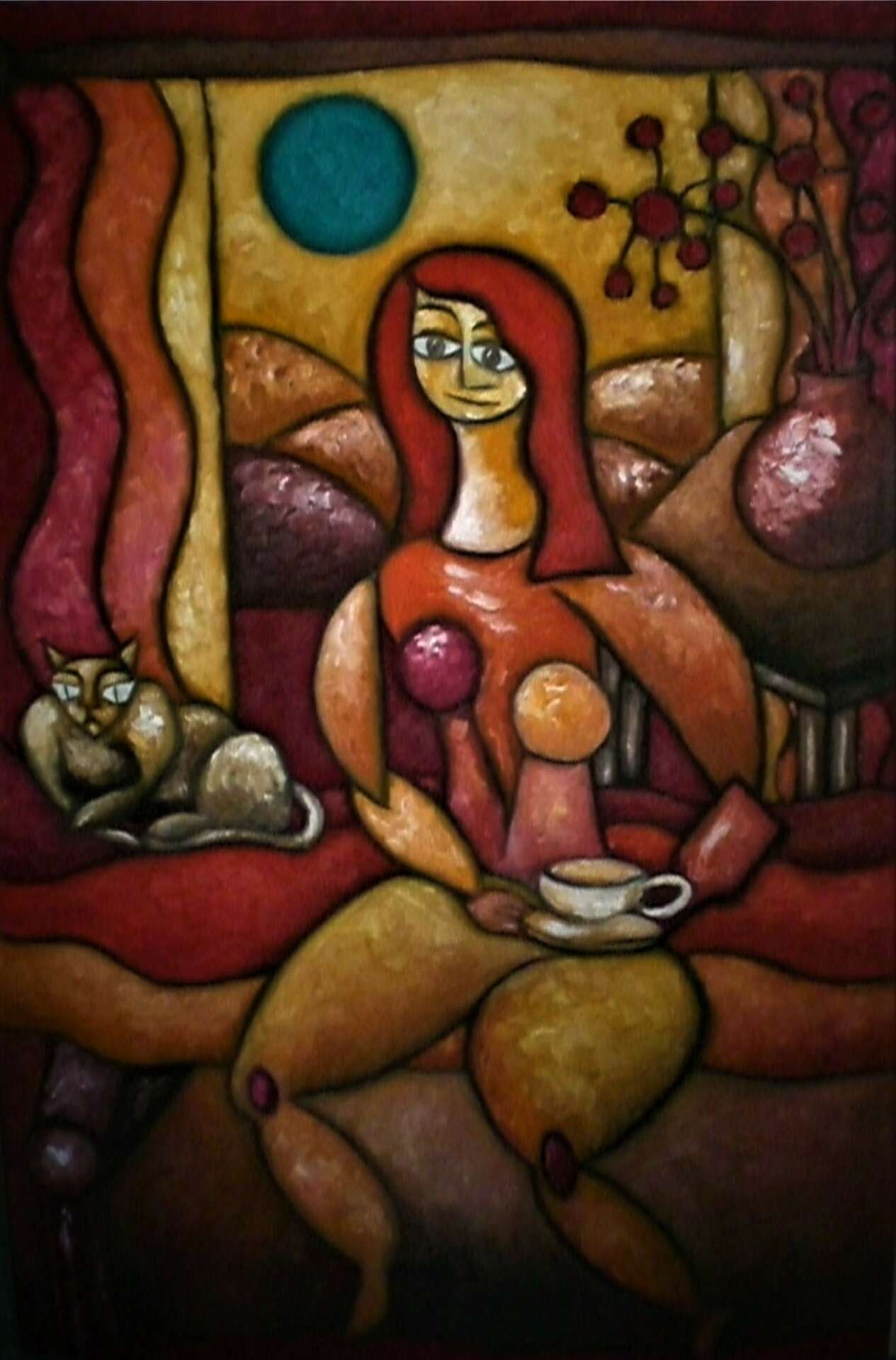
Is there a particular goal or mission driving your creative journey?
My goal and my mission are to keep art alive and to help people develop an appreciation for it, for only then, can the arts thrive within our communities and provide opportunities for those who seek a career in the arts. The arts are often undervalued by many people, and this poses significant challenges to the artistic community and society as a whole. Misconceptions about the arts, such as the belief that art is a luxury or non-essential, can lead to its undervaluation. Some individuals may view art as a recreational activity rather than a vital component of culture and human expression. Limited exposure to the arts can also contribute to undervaluing them. In communities with limited access to art events and activities, individuals may not fully appreciate the transformative power of artistic expression. Also, the emphasis on science, technology, engineering, and mathematics (STEM) education in many educational settings may inadvertently lead to reduced attention and funding for arts education. As a result, the importance of creativity and artistic skills may be overshadowed. To add to this, cultural biases and socioeconomic disparities can affect perceptions of the arts. Individuals from certain backgrounds may not have the same opportunities to engage in the arts or pursue artistic careers. By challenging such misconceptions, increasing awareness, and fostering a deeper appreciation for the arts, my dedication to keeping the arts alive starts with the children I teach on a daily basis, and my goal is to continue to provide art education opportunities to our younger generations for as long as I live.
Contact Info:
Image Credits
I have all rights to these images.


